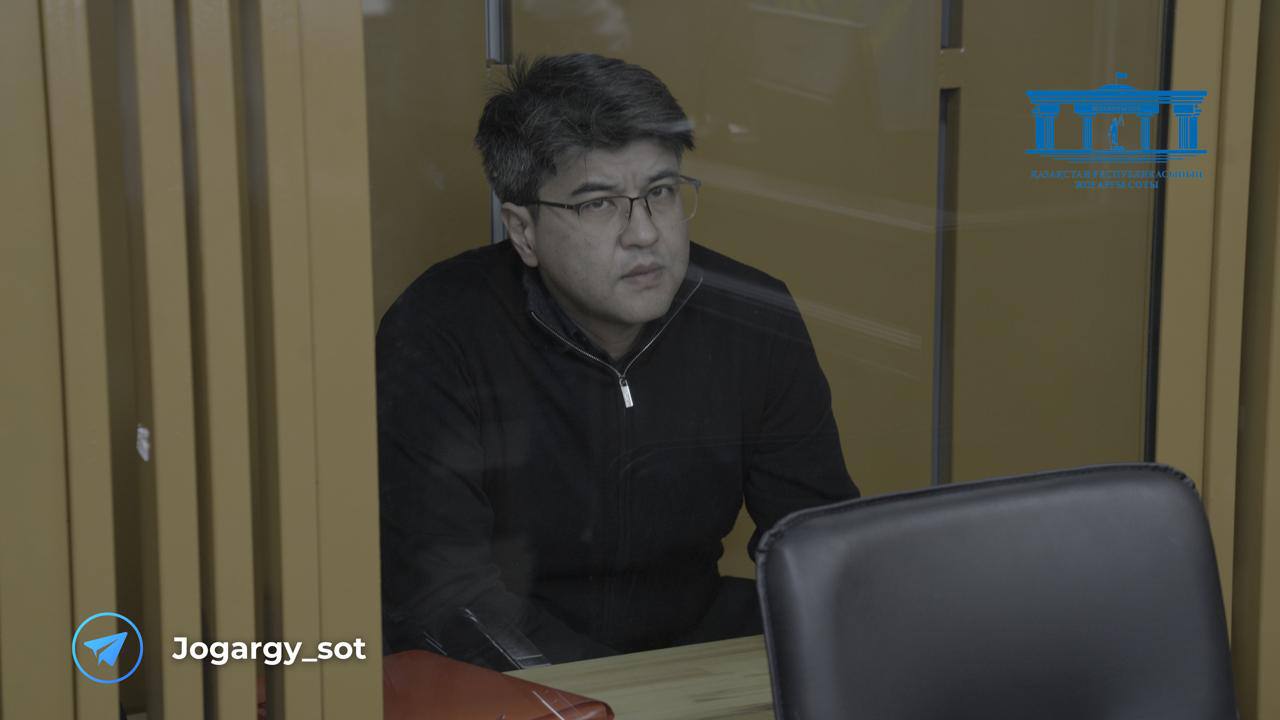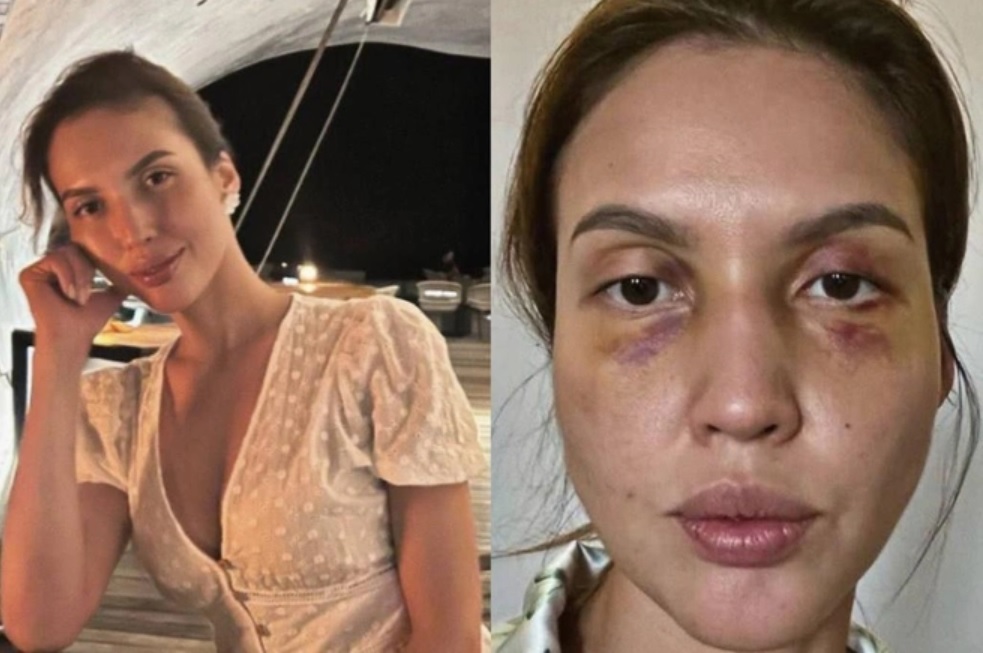Ex-minister of national economy of Kazakhstan Kuandyk Bishimbaev is charged of brutal killing and torture of his common-law wife Saltanat Nukenova. The case is decided by the jury. The process is live-streamed and all those wishing can watch it freely.

The main trial that started on March 27, 2024 is being viewed by hundreds thousands viewers based in Kazakhstan and abroad.
“When we watched the live-stream, we saw the figure of two hundred thousand (viewers). I don’t remember seeing such figures anytime for any reason, not even during sporting events. It proves the immense attention to the process,” said Dmitry Dubovitsky, author of the YouTube channel “Za nami uzhe vyyekhali” (zanamiviehali, translation: They are going to get us).
Challenges for the media
Viewers can see how parties interact, how witnesses are prepared, the tactics chosen by prosecutors, representatives of the victim and defendant. Aisulu Toishibekova, founder of podcast ‘tits talking’, dedicated to the representation of women, brought this important aspect to notice of the open court.
According to her, such openness lets the media write materials right from the courtroom as it is enough to open YouTube to access information. Video content for social media can be obtained from it as well.
However, the unrestricted access to the information voiced during the trial became an ethical challenge for the media of Kazakhstan.
“I am strongly convinced that Saltanat Nukenova and her loved ones who are sensitive to the remembrance of her have the right for privacy. Therefore, I do not understand the obsession with publishing all the things that take place during the trial unfiltered,” Toishibekova said.
Yet another challenge failed by some journalists was the court order on not sharing photos or videos of the jury so that they could not face pressure. One TV channel showed the jury on air. After the incident, on April 10, 2024, all journalists were removed from the courtroom (on April 22, 2024, the media were allowed to return to the courtroom – Ed.).
Dmitry Dubovitsky shares the viewpoint that sharing of photos of jurors is a breach.
“One can take the story of removal of journalists as a crackdown, but in terms of the civilised approach it makes logical sense,” Dubovitsky said. “When the news of removing journalists from the courtroom was published, I presumed that they would use it as an excuse for restricting the broadcasting, but they did not. It is good.”
According to Aisulu Toishibekova, the court order on removing materials with faces of the jurors was not a pressure against the media.
“Even if journalists removed videos from their stories and websites, screenshots already leaked into the web. Perhaps, those who uploaded them would delete them,” Toishibekova said.
Legal issues
The situation of removing media from the courtroom raises the issue that journalists need to be more legally literate when covering trials, and to keep particular rules in mind. Diana Okremova, director of public foundation “Legal Media Centre”, shares the same opinion.
According to lawyer Dzhokhar Utebekov, many journalists will get their first insight into the jury court due to this high profile case.
“It will improve legal knowledge and enrich legal awareness of the people. People will have more respect to law, and will begin to realise that the court must hear all findings, hear the defence. As to journalists, they will demand more open trials and live streaming of other proceedings,” Utebekov said.
Dmitry Dubovitsky agreed that this transparent process is a possibility to understand how Kazakhstan-based courts work.
“The judge, lawyers, public prosecution – all trial participants are in tension, they feel their responsibility and it’s more difficult to breach the law in this situation,” Dubovitsky said. “When you see something that works, you start asking questions: “Why does not it happen always like that? Maybe all courts must be equipped with live streaming function?”
Victim for a good cause

Saltanat Nukenova. Image: Nukenova HELP / T.me
According to Diana Okremova, the case of murdered Saltanat Nukenova indicates that the civil society stops being silent and perceives it can have influence on some things. According to her, some things that were revealed would not be obvious if the trial was held offline. For example, the call of Bishimbaev to a clairvoyant when Saltanat could not wake up for a long time after the beating. The clairvoyant promised the ex-minister that Saltanat would wake up. According to Bishimbaev, it set his mind at rest and he did not call the ambulance.
“How can an adult watching someone dying right in front of him call the clairvoyant instead of the ambulance?” Okremova said.
The case of homicide of Saltanat Nukenova has aggravated the problem of domestic violence in Kazakhstan.
“Covering the trial of Bishimbaev, journalists can have an impact on the attitude of the Kazakhstanis towards gender-motivated violence and women’s situation. We can see a lot of support addressed to Saltanat’s family, but we can also see victim blaming, sexism and misogyny. This is a new turn of a big dialogue in our society about violence, abuse of powers, hard-core patriarchy,” said Aisulu Toishibekova.
Moreover, the case of Saltanat has become an additional stimulus for passing the domestic violence law. It is a reminder that Kazakhstan passed legislative amendments on April 15, 2024 to criminalise domestic violence. The clauses of beating and intended mild personal injury passed from the Administrative Code to the Criminal Code, from which they were eliminated in 2017.
“The law would be passed in any case, but probably not so fast. We should not ignore the statistics of women and children dying from violence every year. The passed law is the victory of the civil society. The threat of punishment, for example, imprisonment, has a restrictive effect on people in whatever condition they are,” Okremova said.

This publication was funded by the European Union. Its contents are the sole responsibility of IWPR and do not necessarily reflect the views of the European Union.

